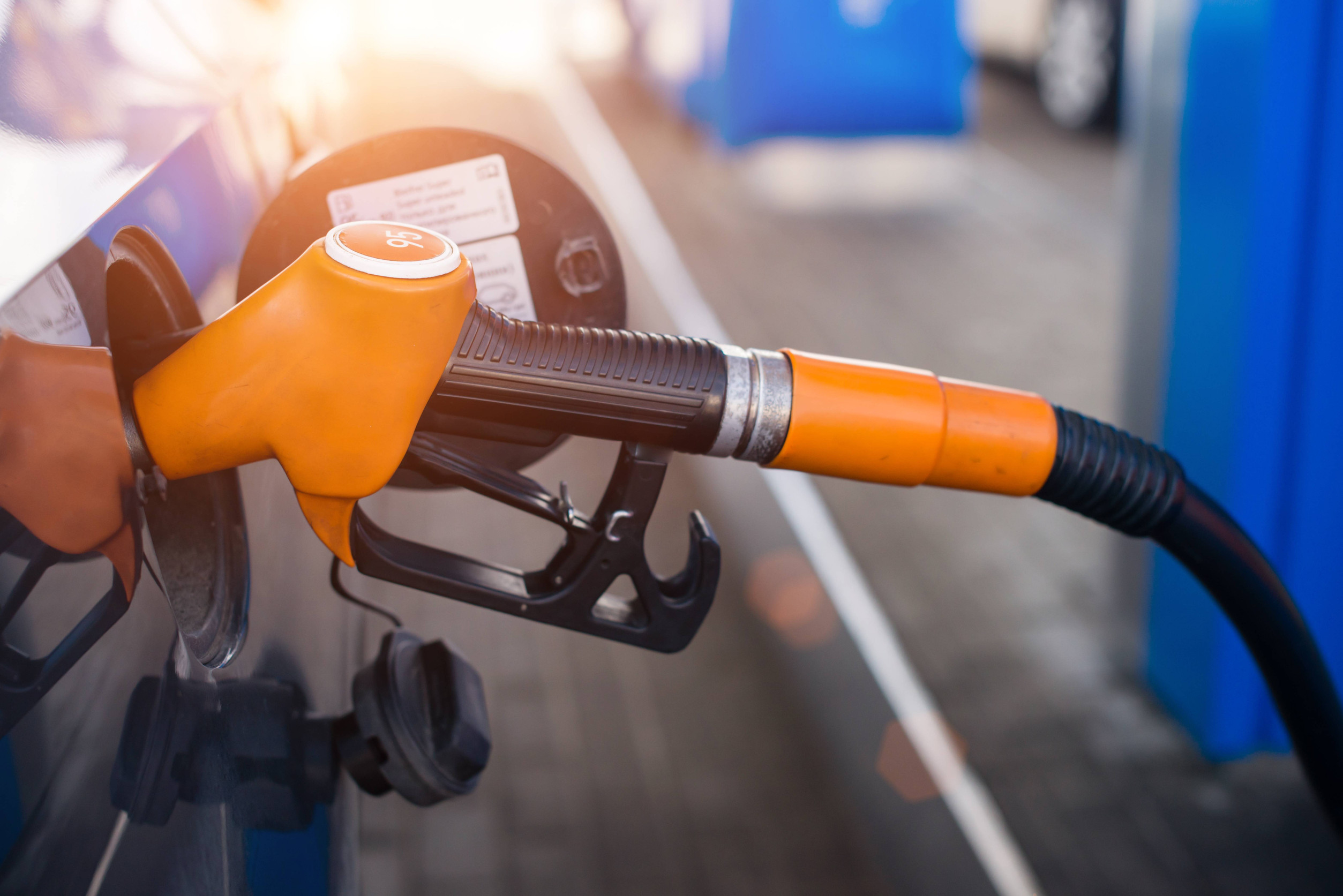If you’ve ever stood at the gas pump, squinting at the small print on the fuel options, you might’ve noticed a more expensive, sometimes elusive choice: non-ethanol gas. It’s not always available at every station, and you may have even asked yourself—does it really make a difference? The short answer: yes, but the full story is more nuanced.
From how your engine performs to how long your car can go between fill-ups, non-ethanol gas affects your ride in ways you might not expect.
Better Engine Efficiency
Non-ethanol gas burns more cleanly than regular ethanol blends, which often means your engine runs smoother. Ethanol contains oxygen, which can interfere with the optimal fuel-air mixture that combustion engines rely on. Without that interference, non-ethanol gas tends to create more consistent power and less knock or misfire.
Over time, this cleaner burn reduces carbon buildup in critical engine components. The result is an engine that’s not only more responsive but also requires less corrective maintenance down the line.
Improved Fuel Economy
One of the more noticeable benefits of using non-ethanol gas is that your car often gets better mileage. Ethanol has a lower energy content than pure gasoline, which means your engine has to burn more of it to travel the same distance. Non-ethanol gas, by contrast, contains more usable energy per gallon, translating into more miles per tank.
Drivers often report a 2–3 mile-per-gallon improvement when switching to non-ethanol fuel. While that might not sound like much at first glance, it adds up significantly over long commutes or road trips.
Longer Engine Life
Ethanol attracts moisture, and moisture is never good for engines—especially in the long term. This moisture can lead to corrosion in the fuel system, particularly in older vehicles or machines not designed for ethanol blends. Non-ethanol gas eliminates that risk, helping to preserve key engine parts like fuel lines, injectors, and carburetors.
Over time, this can extend the overall life expectancy of your vehicle, especially if you drive a classic car or seasonal vehicle like a boat or motorcycle. Think of non-ethanol gas as a more stable, less corrosive diet for your engine.
Smoother Cold Starts
If you live in a colder climate, you’ve probably noticed your engine hesitating on frigid mornings. Ethanol-blended gas can make this worse because it vaporizes differently in cold conditions, sometimes leading to harder starts. Non-ethanol gas tends to ignite more reliably in low temperatures, giving your engine a head start—literally.
That faster ignition also reduces stress on the starter and battery, which helps them last longer. So if your winters are long and bitter, your car might thank you for the switch.
Better Performance in Small Engines
Small engines—like those in lawn mowers, chainsaws, and snow blowers—can be especially sensitive to ethanol. The alcohol in ethanol absorbs moisture from the air, which sits in the tank and leads to erratic performance or even engine failure over time.
Non-ethanol gas doesn’t have that problem, which makes it the preferred choice for power tools and recreational vehicles. These engines run smoother, start easier, and last longer with pure gasoline. For anything you store for long periods, non-ethanol gas is almost always the safer option.
Cleaner Emissions? Not Exactly
You might assume that because non-ethanol gas burns cleaner in the engine, it also produces fewer emissions overall—but that’s not always the case. Ethanol blends are technically more environmentally friendly because they produce fewer greenhouse gases per gallon burned. However, the efficiency gains of non-ethanol gas can partially offset this, since you’re burning less fuel to travel the same distance.
The true environmental impact depends on how and where you drive, as well as your vehicle type. It’s a bit of a tradeoff between performance and planetary benefit.
Higher Cost at the Pump
Here’s the catch: non-ethanol gas typically costs more than regular fuel, sometimes significantly more. This is because it’s less subsidized, less widely distributed, and often targeted at niche markets like boaters and classic car enthusiasts. That price difference can sting if you’re filling up often, especially on a budget.
However, some drivers justify the added cost by pointing to improved mileage and fewer repairs over time. It’s a matter of whether you value long-term savings or upfront affordability more.
Compatibility With Modern Vehicles
Modern engines are designed to run on ethanol blends, usually up to E10 (10% ethanol), and switching to non-ethanol gas won’t harm them. However, you might not notice as dramatic a performance improvement as someone driving an older car. Still, even for newer vehicles, non-ethanol gas can reduce wear and tear over the long run. It’s particularly useful for high-performance cars that benefit from consistent combustion and minimal engine deposits. If your car is turbocharged or finely tuned, you may find that non-ethanol gas gives you just that extra edge.
Storage Stability
One of the most practical benefits of non-ethanol gas is how long it stays good in storage. Ethanol-blended fuels tend to break down or absorb water after a couple of months, making them a poor choice for anything that sits idle.
Non-ethanol gas, on the other hand, can last for up to a year or more with minimal degradation. That makes it ideal for emergency generators, classic cars, or any equipment that isn’t used regularly. It gives you peace of mind that when you go to start it up, it’ll actually run.
Is It Worth It?
Whether or not non-ethanol gas is worth the switch depends on your specific driving habits, vehicle type, and goals. If you prioritize performance, longevity, and fuel economy—and don’t mind paying a bit more upfront—then yes, it might be a smart move. For drivers of older cars, small engines, or seasonal equipment, it’s often the superior choice. On the other hand, if budget or availability is a concern, regular ethanol-blended gas will still do the job without catastrophic consequences. Either way, understanding what goes into your tank is one of the simplest ways to take better care of your car.
Got thoughts or personal experience with non-ethanol gas? Drop a comment below and let us know how it’s worked for you—we’d love to hear your take.
Read More
Why More People Are Trading in Their Cars for Electric Vehicles
Is It Irresponsible to Buy a Gas-Guzzler in 2025?


